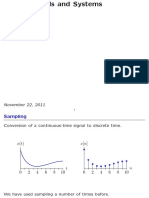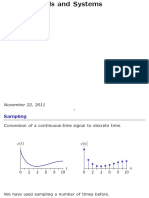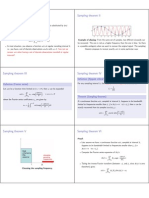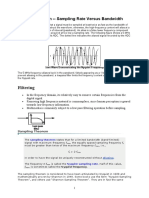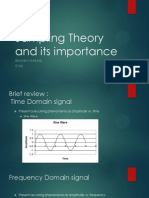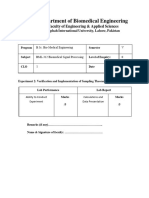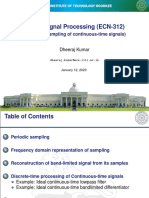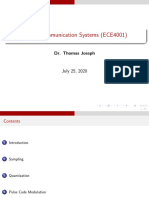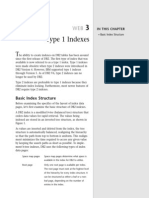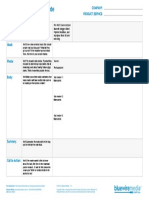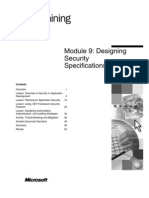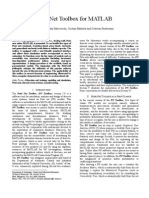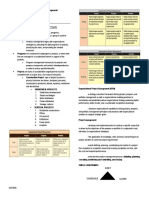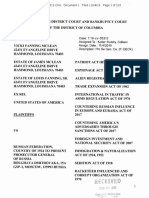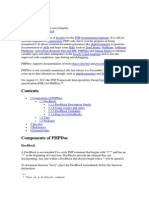0% found this document useful (0 votes)
60 views32 pagesEE3054 Signals and Systems: Sampling of Continuous Time Signals
The document discusses sampling of continuous time signals. It covers concepts of sampling, the sampling theorem, sampling of sinusoids, and frequency domain analysis of sampled signals. Key points include that the sampling frequency must be greater than twice the maximum signal frequency to avoid aliasing, and that sampling in the time domain corresponds to shifting the signal spectrum in the frequency domain.
Uploaded by
Sarthak BoseCopyright
© © All Rights Reserved
We take content rights seriously. If you suspect this is your content, claim it here.
Available Formats
Download as PDF, TXT or read online on Scribd
0% found this document useful (0 votes)
60 views32 pagesEE3054 Signals and Systems: Sampling of Continuous Time Signals
The document discusses sampling of continuous time signals. It covers concepts of sampling, the sampling theorem, sampling of sinusoids, and frequency domain analysis of sampled signals. Key points include that the sampling frequency must be greater than twice the maximum signal frequency to avoid aliasing, and that sampling in the time domain corresponds to shifting the signal spectrum in the frequency domain.
Uploaded by
Sarthak BoseCopyright
© © All Rights Reserved
We take content rights seriously. If you suspect this is your content, claim it here.
Available Formats
Download as PDF, TXT or read online on Scribd
/ 32











